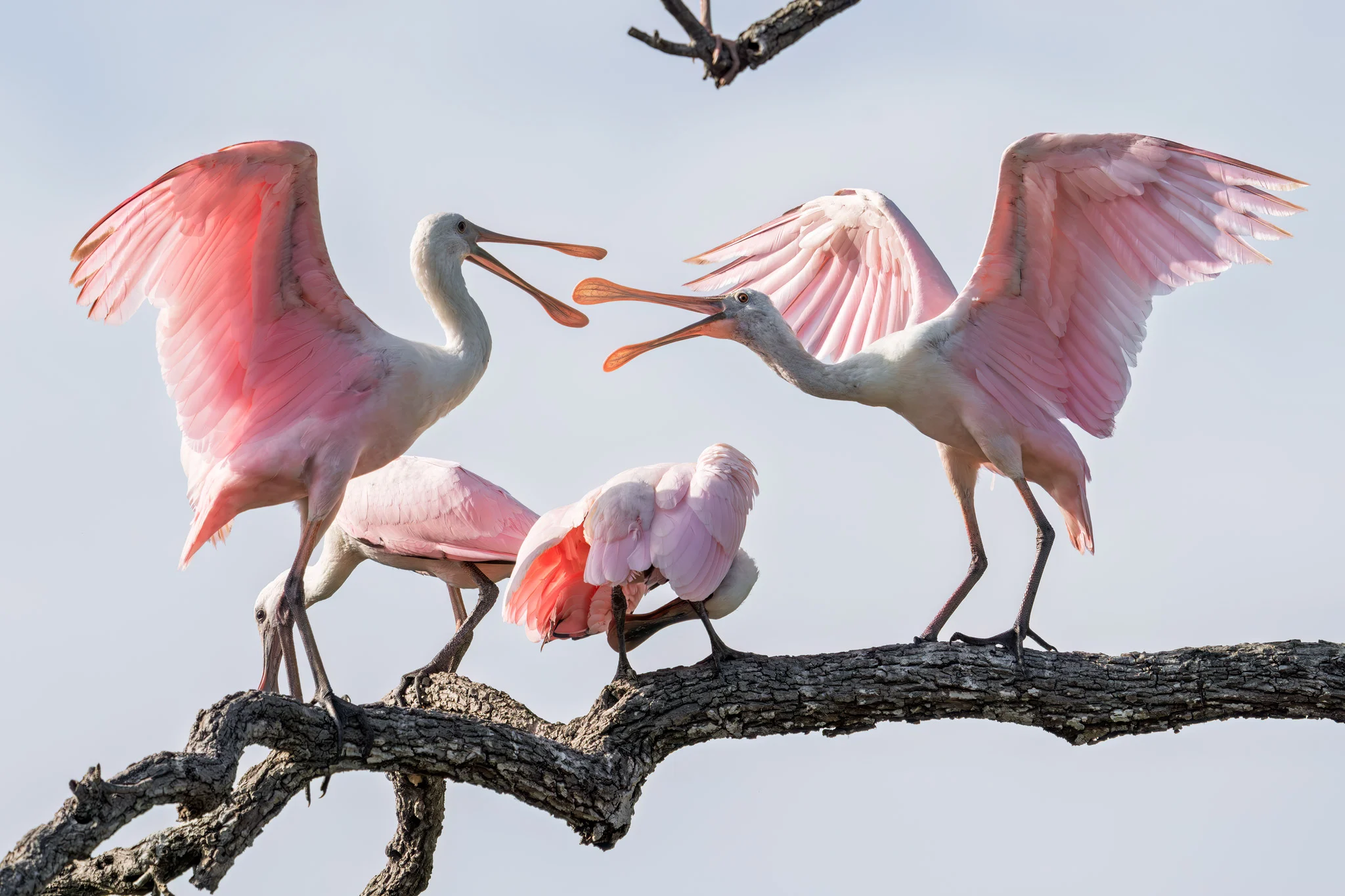Wildlife photography is a powerful medium that connects people with nature, inspires conservation, and documents the beauty of our planet. However, capturing these moments comes with a profound responsibility to protect the subjects and ecosystems we photograph. This guide explores the ethical principles of wildlife photography, supported by best practices to ensure your work respects wildlife and promotes conservation.
Why Ethics Matter in Wildlife Photography
Ethical wildlife photography prioritizes the welfare of animals and the integrity of their habitats. Unethical practices can lead to stress, injury, or even death for wildlife, and can damage fragile ecosystems. Moreover, irresponsible images can misinform the public and undermine conservation efforts.
Core Ethical Principles in Wildlife Photography
1. Do Not Disturb Wildlife
Approach animals with caution and respect. Avoid actions that alter their natural behavior, such as making loud noises or getting too close. Use long lenses to maintain a safe distance. If an animal shows signs of stress, such as fleeing or vocalizing alarm calls, back away immediately.
2. Respect Laws and Regulations
Familiarize yourself with local, national, and international wildlife protection laws. Always obtain necessary permits and follow guidelines set by wildlife authorities.
3. Avoid Baiting and Luring
Using food or sounds to attract wildlife can disrupt natural behaviors and make animals more vulnerable to predators or human threats. The use of live bait is particularly unethical and widely condemned in the photographic community.
4. Do Not Interfere with Nesting or Denning Sites
Never manipulate nests or dens for a better shot. Disturbing these sites can lead to abandonment or harm to the young. Photographers should observe from a distance and avoid any actions that could jeopardize the animals’ safety.
5. Be Honest in Representation
Post-processing should not mislead viewers about the reality of the scene. Avoid adding or removing elements in a way that alters the truth of the image. Authenticity is crucial for maintaining trust and supporting conservation messages.
Guidelines from Leading Organizations
Several organizations provide comprehensive ethical guidelines for wildlife photographers:
- Follow ethical standards that minimize impact on wildlife and habitats.
- Promote responsible photography that supports conservation efforts.
- Share ethical principles with peers to foster a responsible photographic community.
Practical Tips for Ethical Wildlife Photography
- Research Your Subjects: Understand the behavior and habitat of the species you intend to photograph.
- Use Appropriate Equipment: Long lenses allow you to capture detailed images without encroaching on the animal’s space.
- Stay on Designated Trails: This minimizes habitat disturbance and reduces the risk of damaging sensitive ecosystems.
- Educate Others: Share your knowledge about ethical practices with fellow photographers and the public.
- Lead by Example: Model respectful behavior in the field to encourage others to follow suit.
Conclusion
Ethical wildlife photography is not just about capturing stunning images; it’s about fostering a deep respect for nature and contributing to its preservation. By adhering to core ethical principles, photographers can ensure that their work supports conservation efforts and inspires others to protect the natural world.
📚 Sources & Further Reading
- International League of Conservation Photographers (iLCP) – Ethical Standards
- Nature TTL – The Ethics of Wildlife Photography
- Audubon Society – Audubon’s Guide to Ethical Bird Photography and Videography
- North American Nature Photography Association (NANPA) – Nature Photography Ethics
- Nature Photographers Network (NPN) – Code of Conduct
📸 Join an Ethical Wildlife Photography Workshop with Ronen Tivony
If you’re passionate about wildlife and want to elevate your photography while practicing responsible and ethical techniques in the field, join Ronen Tivony’s exclusive wildlife photography workshops. You’ll gain hands-on experience in world-class locations while learning to capture breathtaking images without disturbing the animals or their environment.
